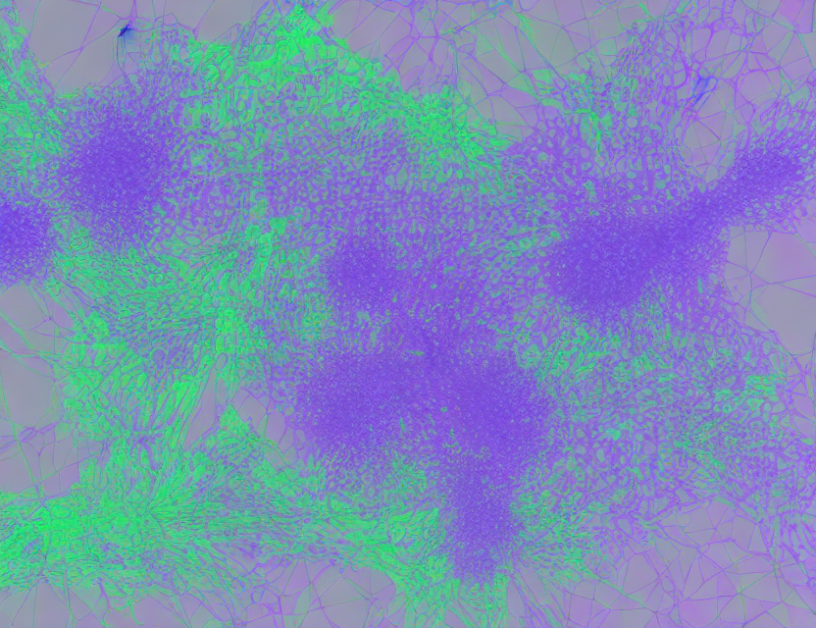Homography estimation is a technique used in computer vision to estimate the transformation between two images, similar to how we might use a camera to take a picture of an object from different angles. However, this process can be challenging when dealing with complex scenes or small datasets. The authors propose a deep learning approach to homography estimation that is both efficient and accurate, using only a few correspondences between the two images.
The key idea behind their method is to use a network called Homography Estimation Network (HEN) composed of nine convolutional layers. Unlike traditional networks that rely on fully connected layers, HEN uses a global average pooling layer to convert the eight-channel feature maps into eight output values. This provides better accuracy and establishes a more transparent relationship between the final prediction and the feature maps.
To understand how HEN works, imagine you have a big box of LEGOs with different colored blocks inside. Each block represents a small part of an image, like a corner or edge. Now, imagine you want to build a new structure using these blocks, but you need to rotate some of them to fit properly. Homography estimation is like rotating the blocks to align them correctly, so they can be used to build the new structure. HEN helps this process by analyzing each block separately and then rotating them together to create the final prediction.
The authors test their method on several datasets, including a challenging one called Geometric Simple Shape (GSS) dataset, which contains images of complex shapes with few correspondences. Their results show that HEN outperforms other state-of-the-art methods in terms of both efficiency and accuracy.
In summary, the authors propose an efficient and accurate homography estimation method using deep learning. Their approach leverages a specialized network called HEN to analyze each image block separately and then rotates them together to create the final prediction, making it more reliable and efficient than traditional methods. This can be useful in various computer vision applications like robotics, autonomous driving, or virtual reality, where accurately estimating homographies is crucial for tasks such as object recognition or scene understanding.
Computer Science, Computer Vision and Pattern Recognition
Deep Homography Estimation: A Study of Domain Shift Immunity and Network Depth



